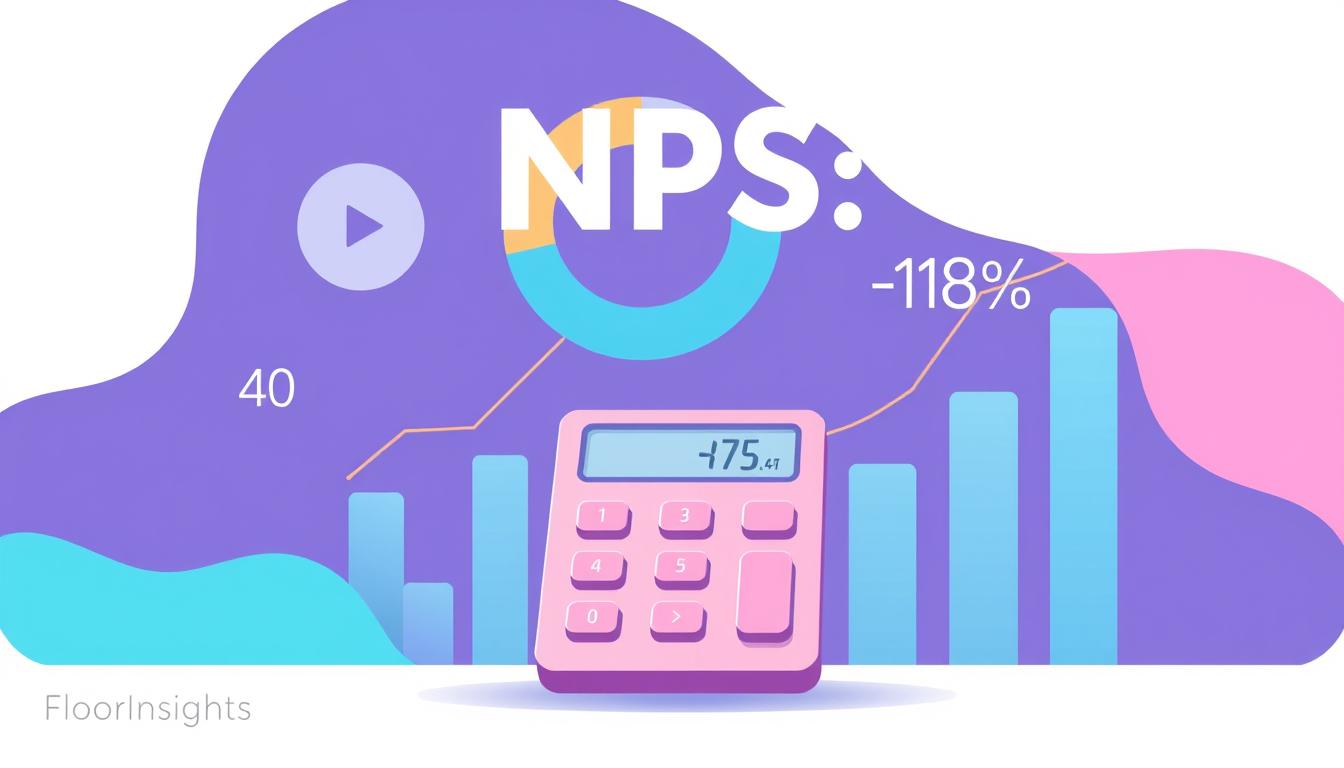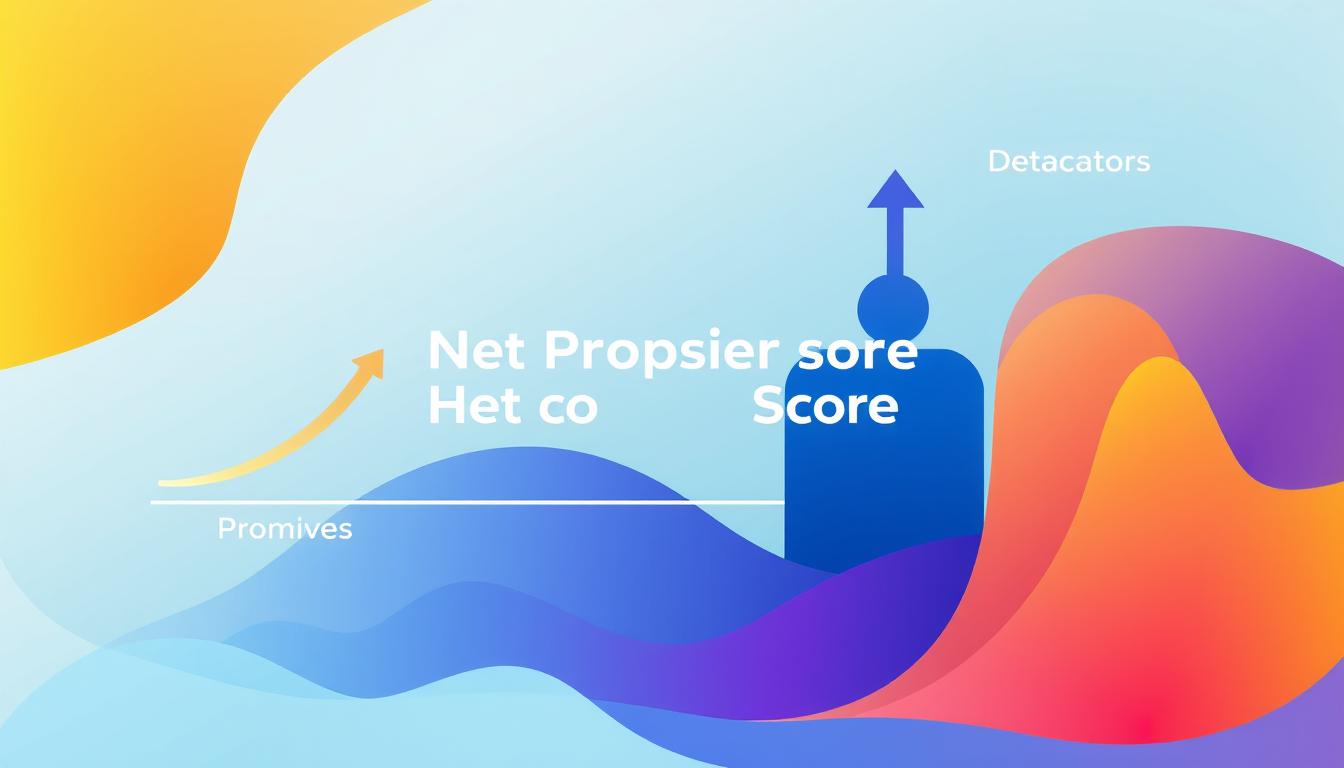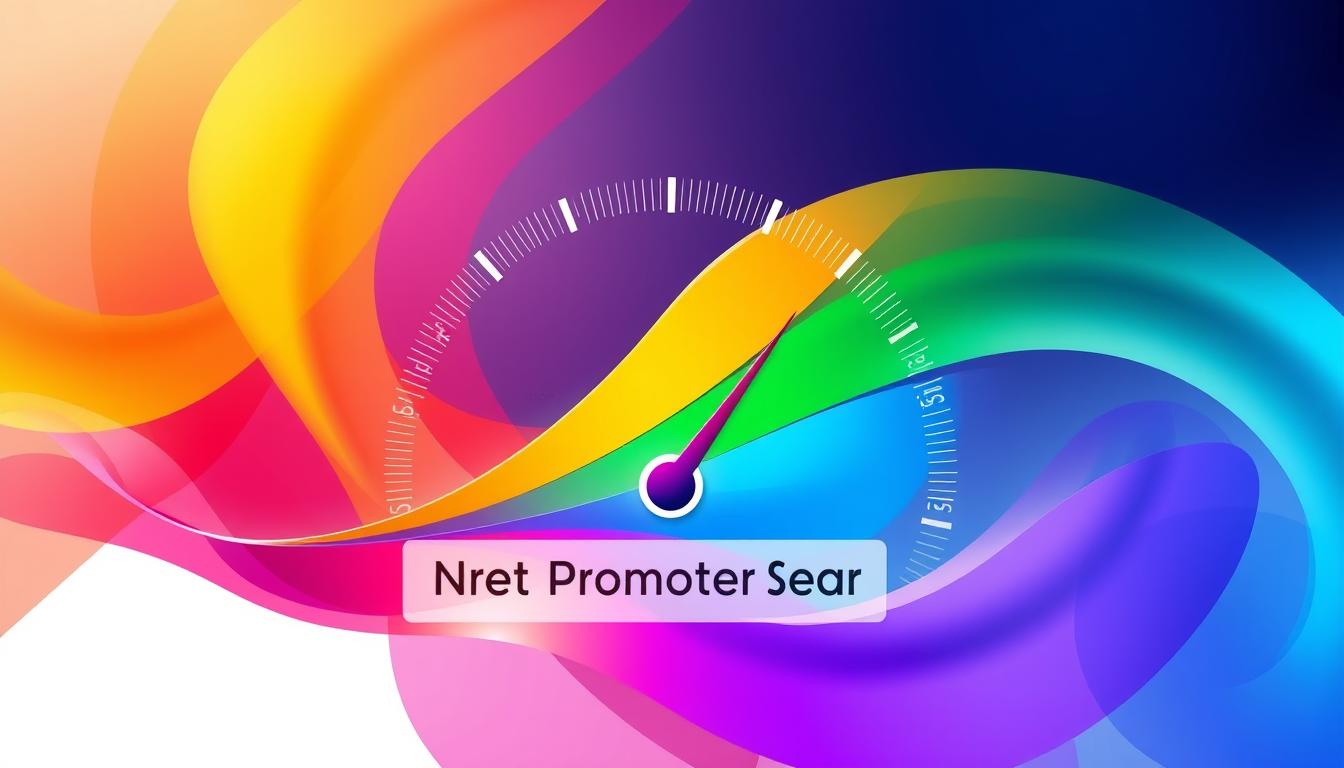In the fast-paced landscape of product launches, especially in the Indian market, understanding customer feedback is crucial for ensuring product launch success. We recognize that the Net Promoter Score (NPS) serves as a vital tool in this process, allowing us to accurately identify issues and areas for improvement. By closely monitoring the NPS metrics post-launch, we can gather real-time insights that inform our strategies and help us respond to customer issues more effectively. This proactive approach not only fosters customer loyalty but also enhances the overall quality of our offerings.
Key Takeaways
- NPS is essential for assessing customer satisfaction after product launches.
- Understanding customer feedback helps us identify issues early on.
- Real-time insights from NPS can lead to data-driven improvements.
- Monitoring NPS boosts product launch success and customer loyalty.
- Adapting strategies based on NPS results is key to long-term success.
Understanding the Importance of NPS in Product Launches
The importance of NPS during product launches cannot be overstated. By leveraging NPS, we can gather valuable insights into customer loyalty and overall satisfaction with our offerings. This metric serves as a compass, guiding us in making informed decisions about our strategies and overcoming potential challenges.
Effective product launch feedback helps us understand the strengths and weaknesses of our product in the marketplace. A robust NPS can help clarify how likely customers are to recommend our product, directly correlating with future sales and recommendations. Positive feedback translates into referrals, essential for organic growth, and enhances our overall market success.
Understanding the dynamics of customer loyalty through NPS enables us to identify potential champions of our brand. These advocates play a crucial role in shaping our reputation and influence, making it imperative for us to maintain their satisfaction. Tracking NPS over time ensures that we remain aware of how customer perceptions evolve, allowing us to adapt swiftly to changing preferences.
In summary, the importance of NPS in product launches encompasses more than just numbers; it fosters long-lasting relationships with our customers, directly impacting our success in competitive markets.
The Role of Customer Feedback in the Launch Process
In any successful launch process, gathering customer feedback plays a vital role in shaping future strategies and product iterations. By employing NPS surveys, we can gain direct insights into how customers perceive our offerings immediately after their release. Such feedback not only aids in understanding customer sentiment but also highlights areas that require attention or enhancement.
Gathering Insights Through Surveys
NPS surveys offer a structured way to collect customer feedback right after product launches. These surveys enable us to assess customer experiences efficiently. They provide quantifiable data that can be analyzed to better understand what resonates with our audience. Questions covering overall satisfaction and recommendations can create a benchmark for measuring future customer engagement. Utilizing various channels for these surveys, including email and social media, ensures we reach a broad demographic, maximizing our feedback pool.
Utilizing Customer Satisfaction Analysis
The next step involves conducting a thorough customer satisfaction analysis based on the data collected from NPS surveys. This analysis allows us to pinpoint specific factors contributing to customer satisfaction or dissatisfaction. By categorizing feedback into themes, we can direct our attention to areas requiring further refinement, whether it be product features, customer service, or user experience. Understanding these dimensions helps us not only improve our offerings but also cater to our customers’ evolving needs over time.
Net Promoter Score: What It Is and Why It Matters
Understanding what is NPS involves recognizing it as a powerful metric designed to gauge customer loyalty and satisfaction. This score categorizes customers into three distinct groups: promoters, passives, and detractors. Promoters are loyal enthusiasts who advocate for the brand, while detractors can undermine its reputation through negative feedback.
The importance of Net Promoter Score lies in its simplicity and effectiveness. By capturing customer sentiments after interactions or purchases, we can measure customer loyalty with just one straightforward question. This clarity provides businesses with actionable insights that help improve the overall customer experience.
In addition to understanding what is NPS, we recognize its role in strategic decision-making. Businesses can effectively analyze customer data collected through NPS surveys to identify areas for improvement. Organizations leveraging this valuable information can adapt quickly to enhance customer satisfaction, eventually driving brand loyalty and profitability.
| Customer Group | Description | Impact on Business |
|---|---|---|
| Promoters | Loyal customers who recommend the brand | Enhance brand reputation and drive growth |
| Passives | Satisfied but unenthusiastic customers | Potential loss to competitors if not engaged |
| Detractors | Unhappy customers who may spread negative feedback | Pose a risk to brand reputation and sales |
In summary, the significance of NPS extends far beyond a simple metric. It serves as an instrumental tool for businesses aiming to measure customer loyalty and improve overall satisfaction. By harnessing these insights, we can foster a deeper connection with our customers and reinforce their commitment to our brand.
Identifying Common Post-Launch Issues with NPS
In analyzing the performance of a newly launched product, we can leverage Net Promoter Score (NPS) data to uncover common post-launch issues. This process involves careful scrutiny of customer feedback, which provides essential insights into their experiences and overall satisfaction. Effective customer response analysis allows us to pinpoint areas where dissatisfaction may arise.
Analyzing Customer Responses
Customer feedback serves as an invaluable tool when identifying post-launch issues. When we conduct a thorough analysis of the responses collected via surveys, we can unveil patterns that suggest potential shortcomings. Here are key aspects we focus on during this process:
- Response Trends: Observing shifts in customer sentiments over time.
- Specific Feedback: Collecting detailed comments that highlight user experiences.
- Identifying Frequent Complaints: Noting recurring themes in dissatisfaction.
Common Pitfalls in Product Launches
Understanding the pitfalls in product launches is critical for our future strategies. By recognizing these common errors, we can improve our launch frameworks. Some of the prevalent pitfalls include:
- Insufficient Market Research: Failing to fully understand customer needs before launching.
- Poor Communication: Not providing clear information to customers about product features.
- Neglecting Post-Launch Support: Lacking adequate customer service to address issues promptly.
Case Studies: NPS Improvement Case Study Evidence
Real-world examples showcase how implementing NPS can elevate products and services significantly. We can learn valuable lessons from jewellery brand case study and the entertainment industry case study, both of which highlight the power of customer feedback in driving improvements.
Learning from the Jewellery Brand Mystery Shopping Experience
The jewellery brand case study utilized mystery shopping to assess customer interaction and overall experience. Mystery shoppers provided insights into the customer journey, revealing essential gaps that the brand had overlooked. Key areas identified included employee engagement, product knowledge, and after-sale follow-up. These findings led to actionable improvements that increased customer loyalty and satisfaction.
Insights from the Entertainment Industry Case Study
The entertainment industry case study illustrated how NPS can deepen understanding of customer preferences. By systematically collecting customer feedback through NPS surveys, industry leaders pinpointed aspects that resonated with audiences. This data-driven approach enabled them to tailor marketing strategies and enhance the overall experience, fostering a loyal fan base.

| Case Study | Insights Gained | Actions Taken | Results Achieved |
|---|---|---|---|
| Jewellery Brand | Employee engagement, product knowledge gaps | Enhanced training programs, follow-up processes | Increased satisfaction, loyalty growth |
| Entertainment Industry | Customer preferences, key satisfaction drivers | Tailored marketing, improved customer experiences | Loyal fan base, higher engagement rates |
Best Practices for Implementing NPS Post-Launch
Implementing the best practices NPS after a product launch significantly impacts how we perceive customer satisfaction and areas for improvement. By focusing on structured feedback mechanisms, such as the customer satisfaction survey template, we can derive actionable insights to enhance our offerings. These practices not only help us gauge user sentiment but also integrate feedback effectively into product development.
Creating an Effective Customer Satisfaction Survey Template
Designing an effective customer satisfaction survey template involves clear and concise questions. Our objective is to ensure responses yield valuable data that can inform decisions. Effective surveys typically encompass:
- Rating scales for measurable feedback
- Open-ended questions to capture qualitative insights
- Specificity to target particular aspects of the product
Integrating Feedback into Product Development
Utilizing the feedback gathered is crucial for continuous improvement. Integrating feedback into the product development cycle enables us to adapt quickly to customer needs. This process can be streamlined through:
- Regular reviews of survey data aligned with development cycles
- Collaboration between teams to prioritize changes based on feedback
- Feedback loops to ensure customers see their input valued
| Element | Importance | Best Practice |
|---|---|---|
| Questions | Clarify user experience | Keep them simple and relevant |
| Response Type | Gather diverse insights | Use a mix of quantitative and qualitative |
| Data Analysis | Inform product decisions | Utilize tools for efficient analysis |
The Impact of NPS on Future Product Launch Strategies
Understanding the long-term NPS impact on our product strategies is essential. We can leverage customer satisfaction tracking to navigate the evolving landscape of consumer preferences. By staying attuned to the feedback from our customers, we can shape effective marketing strategies that align with their needs. This commitment strengthens our market position and enhances customer loyalty.
Tracking Customer Satisfaction Over Time
Implementing a robust system for tracking customer satisfaction over time provides valuable insights into shifting trends. Continuous monitoring allows us to:
- Identify inconsistencies in customer experiences.
- Gauge overall sentiments towards product updates.
- Predict future customer behavior based on historical feedback patterns.
Adjusting Marketing Strategies Based on Feedback
Utilizing marketing strategies feedback grants us the ability to tailor our promotional efforts. Adapting our marketing strategies in response to customer input can lead to:
- More impactful messaging that resonates with our audience.
- Optimized product features that directly address customer concerns.
- Increased engagement through personalized marketing attempts.
In summary, effectively harnessing the insights derived from NPS not only boosts our understanding of current consumer sentiments but also equips us with the necessary tools for adapting our future strategies. Establishing a cycle of feedback and improvement fosters an environment where our products can thrive.
| Strategy | Focus Area | Outcome |
|---|---|---|
| Satisfaction Tracking | Long-term Feedback | Informed Predictions |
| Marketing Adjustment | Message Alignment | Increased Engagement |
| Product Optimization | Feature Development | Enhanced Customer Loyalty |
How NPS Can Inform Market Research Case Studies
Utilizing the Net Promoter Score (NPS) in market research case studies allows us to glean critical insights that inform strategic decisions. By analyzing various sectors, particularly the matrimonial industry, we can identify how customer satisfaction metrics provide valuable lessons for improvement. Effective market research hinges on the ability to gather and interpret customer feedback, leading us to continuous improvement through data.
Lessons from the Matrimonial Industry
The matrimonial industry serves as a fascinating example of how NPS data can guide businesses. With customer satisfaction as a focal point, agencies can adapt services based on the preferences and feedback of their clients. This sector’s unique challenges and opportunities highlight the importance of understanding client sentiments. By examining the trends reflected in NPS scores, businesses can refine their offerings to align more closely with client expectations and behaviors.
Utilizing Data for Continuous Improvement
We must acknowledge that continuous improvement through data is essential for any industry. Regularly monitoring NPS allows businesses to spot trends and address emerging issues proactively. For instance, analyzing customer feedback trends helps in making informed choices regarding service enhancements. Embracing this data-driven approach leads to not only improved customer satisfaction but also a stronger competitive stance in the market.
Leveraging NPS for Competitive Advantage
Utilizing the Net Promoter Score (NPS) can serve as a robust tool for gaining a competitive advantage. By focusing on customer engagement and assessing market positioning through customer loyalty, we can enhance our standing in an increasingly crowded marketplace.
Understanding Market Positioning through Customer Loyalty
An organization’s ability to position itself effectively in the market relies heavily on the insights gathered from NPS. Strong loyalty among customers often translates to higher referrals and a greater share of voice in the market. When clients feel valued and heard, they are more likely to recommend our products or services. This organic promotion creates a cycle that reinforces our market strength.
Maintaining Engagement with Existing Customers
To solidify our competitive advantage NPS, we must continually engage with our existing customers. Proactive communication helps us understand their evolving needs and perceptions. By leveraging feedback from NPS, we can adapt our strategies accordingly, ensuring that we not only retain our customer base but also foster deeper relationships with them. This engagement cultivates brand loyalty, driving sustainable success in our endeavors.
Conclusion
In summary, the benefits of NPS extend beyond mere metrics; they serve as a crucial tool for identifying issues post-product launch and enhancing future strategies. By leveraging customer feedback effectively, we unlock insights that help us understand our audience better, thus allowing us to refine our offerings and cater more accurately to customer needs. The importance of customer feedback cannot be overstated, as it ultimately shapes the trajectory of our product journey and overall customer satisfaction.
As we move forward, adopting NPS as a fundamental component in our decision-making processes will be vital in ensuring successful future product launches. By committing to continuous improvement and actively soliciting feedback, we solidify our brand’s reputation and foster long-lasting relationships with our customers. In India’s competitive landscape, it is essential to view NPS not just as a score, but as an indispensable asset that empowers us in our quest for market excellence.
FAQ
What is the Net Promoter Score (NPS) and why is it important in product launches?
The Net Promoter Score (NPS) is a metric used to measure customer loyalty and satisfaction. It helps us gauge how likely customers are to recommend our products after launch, which is crucial for understanding their experiences and identifying areas for improvement.
How can we effectively gather customer feedback post-launch?
We can effectively gather customer feedback by conducting NPS surveys and utilizing customer satisfaction analysis. These tools allow us to collect real-time insights, which are critical for analyzing customer responses and improving our products and services.
What common pitfalls can NPS help us identify in product launches?
NPS allows us to analyze customer responses to pinpoint common pitfalls in product launches, such as unmet expectations or product functionality issues. Understanding these patterns can guide us in refining future strategies to enhance customer satisfaction.
Can you provide examples of successful NPS implementation?
Yes, we can refer to specific case studies like the jewellery brand mystery shopping experience and insights from the entertainment industry. Both examples demonstrate how utilizing NPS has significantly improved customer satisfaction and brand loyalty.
What are best practices for implementing NPS after a product launch?
Best practices include creating an effective customer satisfaction survey template and integrating the feedback back into our product development process. This approach ensures that we continuously improve based on customer insights.
How does NPS impact future product launch strategies?
By tracking customer satisfaction over time with NPS, we can predict future trends and adjust our marketing strategies based on customer feedback. This alignment with customer expectations enhances our market success and brand loyalty.
How can NPS inform market research efforts?
NPS can guide market research by providing valuable insights into customer preferences and satisfaction levels. Lessons from industries like the matrimonial sector illustrate how these insights facilitate continuous improvement in our strategies.
How can leveraging NPS provide a competitive advantage?
Leveraging NPS helps us understand our market positioning through customer loyalty and maintain engagement with existing customers. This knowledge fosters sustained success and enhances our competitive edge in the marketplace.
Related Posts
- The Role of NPS in Omnichannel Retail Strategies – NPS in Retail
- Personalizing Customer Journeys Based on NPS Feedback – NPS and Personalization
- How NPS Feedback Drives Innovation in Technology – NPS in the Technology Industry
- How NPS Reflects the Quality of Your Customer Service – NPS in Customer Service
- The Role of Customer Feedback in Increasing NPS Scores – NPS and Customer Feedback Loops
- NPS in the Era of Omnichannel Experiences – Future Trends in NPS
- Using NPS to Identify Onboarding Weaknesses – NPS and Customer Onboarding
- Improving NPS by Enhancing Customer Service Training – NPS in Customer Service






